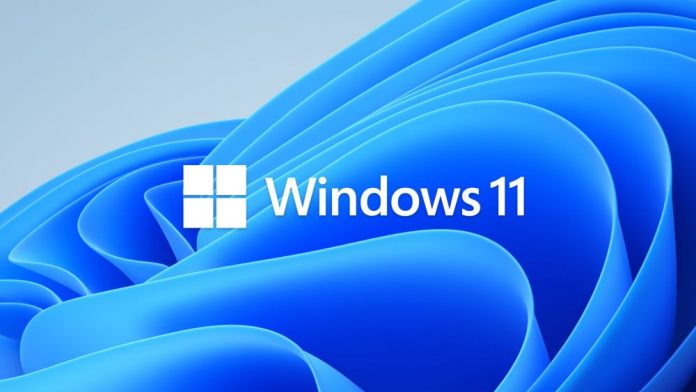Microsoft has recently enhanced the system requirements for the upcoming Windows 11 Version 24H2, indicating a deliberate move to block very old processors from running the latest operating system. The changes were quietly made with the release of Windows 11 preview build 26080 to the Canary channel last month. This week, Bob Pony highlighted the new requirements on X.
Microsoft has mandated that CPUs must support the SSE4.2 instruction set to boot into Windows 11, starting with Build 26080. This development underscores Microsoft's commitment to ensuring that devices running Windows 11 offer optimal security and performance levels.
Technical Specifications and Compatibility
The requirement for the SSE4.2 instruction set, introduced in Build 26080, marks a pivotal shift in Microsoft's approach to system compatibility. Previously, enthusiasts had discovered bypass methods allowing older CPUs, including those from the Intel Core 2 Duo and AMD Athlon series, to install Windows 11. However, these methods are now ineffective for systems lacking SSE4.2 support. Additionally, Microsoft has clarified the role of the PopCnt (population count) instruction, an integer instruction critical for counting the number of 1s in a binary representation, in determining system compatibility.
⚠️ UPDATE: Since Windows 11 Build 26080, a CPU with the SSE4.2 instruction is ALSO REQUIRED TO BOOT Windows 11 Version 24H2!!
Attempting to boot Build 26080+ on systems without the SSE4.2 instruction present will trigger an automatic reboot once it reaches the boot screen phase. https://t.co/iLkYuqQojZ pic.twitter.com/5RCxzoFexQ
— Bob Pony (@TheBobPony) April 21, 2024
Impact and Implications for Users
This update has significant implications for users attempting to install Windows 11 24H2 on older hardware. Systems without the SSE4.2 instruction will automatically reboot upon reaching the boot screen phase, effectively preventing installation. Microsoft's decision to raise the CPU requirements reflects a broader strategy to align Windows 11 with contemporary hardware capabilities, enhancing the overall user experience through improved security and performance. Users are encouraged to review their system specifications to ensure compatibility with the new requirements ahead of the Windows 11 24H2 release.




